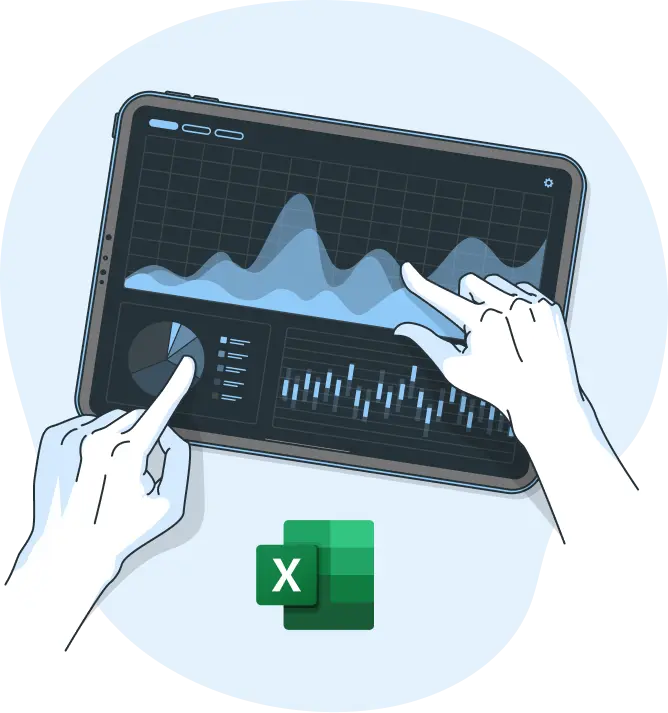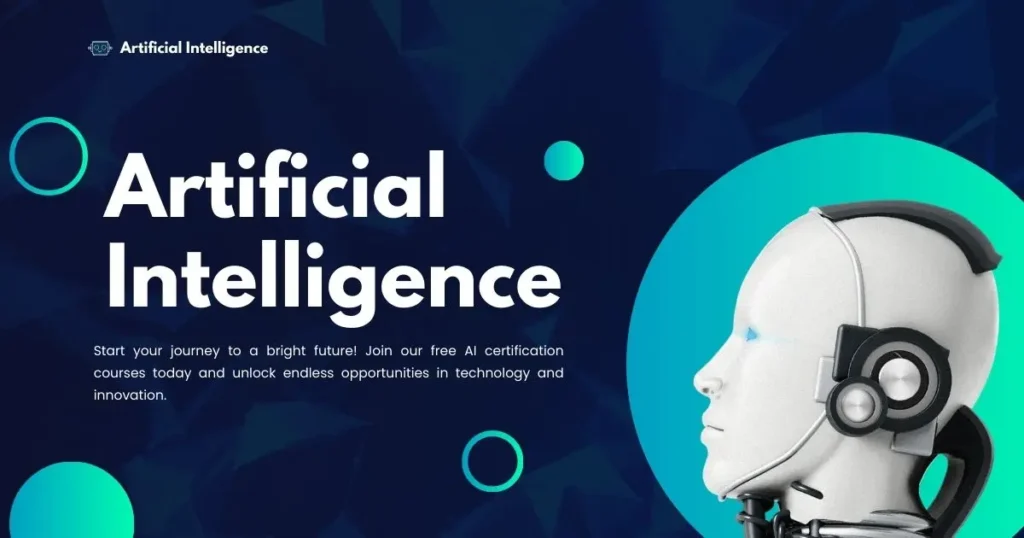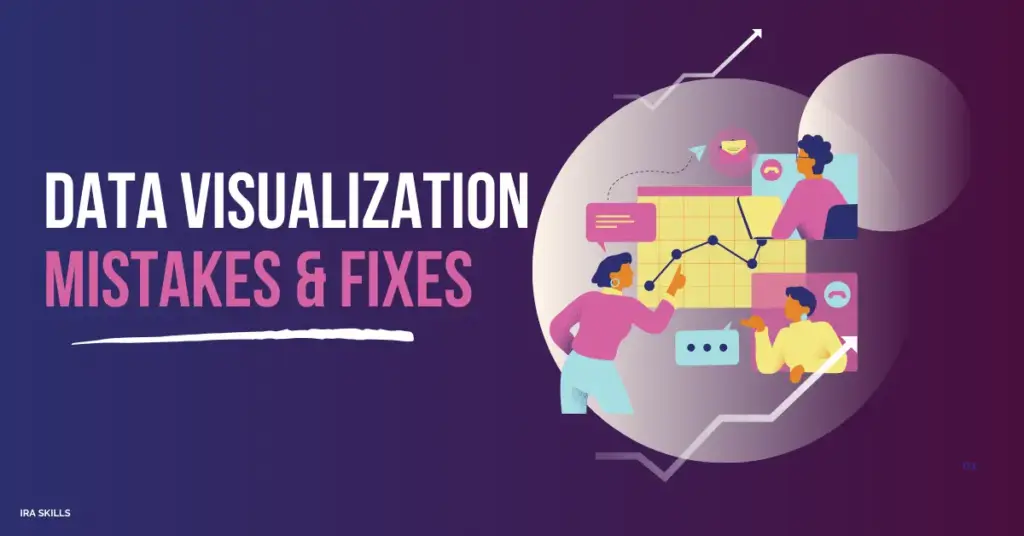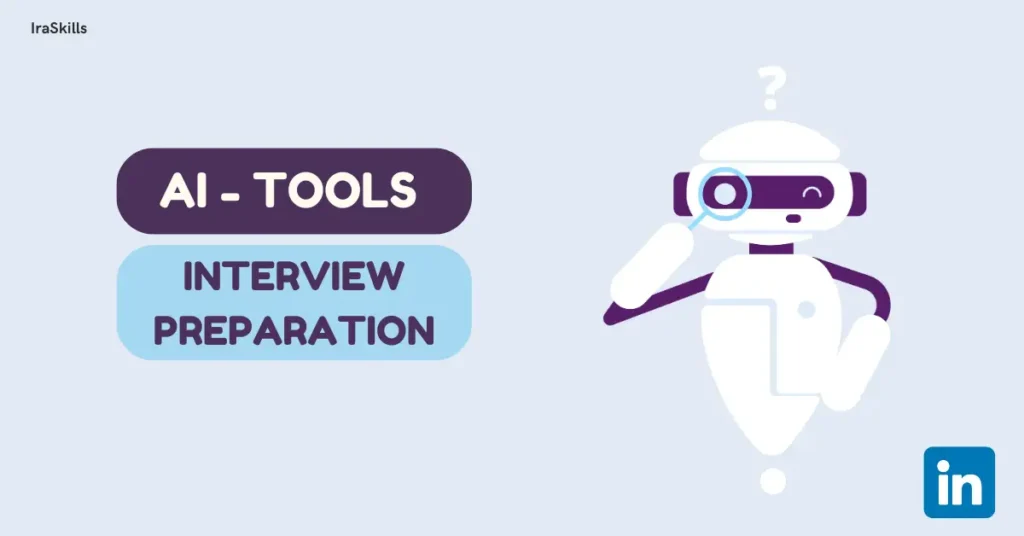In today’s digital age, data has become the core for decision-making for businesses. Whether it’s to identify customer trends, predict future scope, or build robust data infrastructures, companies rely on skilled data professionals. The three most prominent roles in this domain are:
- Data Analysts
- Data Scientist
- Data Engineer
While all three roles revolve around data, they differ significantly in terms of role, responsibilities, skillset, tools, and techniques. Choosing the right career path in the data field depends on the understanding of the data and interest level in this field.
In this blog, we’ll explore the detailed guide on Comparisons between Data Analysts, Data Scientists, and Data Engineers, along with a side-by-side comparison to help you make an informed decision.
Who is a Data Analyst?
A data analyst is a person who is responsible for extracting insights from data to help businesses make better decisions. They focus on data collecting, monitoring, storing, and interpreting data to create meaningful charts and graphs. Their primary role is to identify the trends and patterns from the data and help the companies to make insightful decisions.
Key Responsibilities:
- Data Collecting and cleaning:
- Collection of data from the different sources, such as databases, spreadsheets, and third-party applications.
- Cleaning and organizing raw data into meaningful insights.
- Data analysis and interpretation
- By using various techniques to interpret the data and identify patterns or trends.
- Based on the data, identify various customer trends, customer satisfaction, and marketing campaigns.
- Data Visualizations and Reporting
- Creating charts, graphs, and dashboards to present the data findings.
- Generate a report to support business decisions.
- Collaboration with teams
- Working closely with marketing, finance, or operations teams provides insights into all the departments and helps them build a strong strategy.
Required Skills:
- Programming language: SQL, Python and R
- Data Visualization Tools: Tableau, Power BI, and Excel
- Statistical Knowledge: Understanding statistics, hypothesis, and regression analysis.
- Communication and presentation skills: Ability to explain complex data insights into clear and actionable charts for better understanding.
Common Tools Used:
- Microsoft Excel
- SQL
- Tableau or Power BI
- Google Analytics
Career Path and Salary in India:
- Entry-Level: ₹4 – 6 LPA
- Mid-Level: ₹7 – 12 LPA
- Senior-Level: ₹13 – 20 LPA
With experience, Data Analysts can progress to roles such as:
- Senior Data Analyst
- Business Intelligence Analyst
- Analytics Manager
- Or transition into Data Science or Engineering roles by learning advanced skills.
Who is a data scientist?
A data scientist takes data analytics to another level by applying machine learning and statistical models to extract deeper insights from the data. They work with both unstructured and structured data and advanced algorithms for making data-driven predictions.
Key Responsilibiliteis
- Data collecting
- Extracting a large volume of data from multiple sources
- Cleaning, transforming, and organizing the data
- Building an ML Model
- Using Machine learning techniques such a classification, regression, and NLP(Natural Language Processing).
- Testing and refining models to improve performance.
- Statistical analysis
- Using statistical tools and methods to identify correlations and trends.
- Predicting the future based on historical data
- Data visualization
- Creating visualizations and initiative dashboards to present complex findings.
- Explaining outputs to non-technical teams.
- Continuous Optimizations
- Redefining models and organizing new data to enhance accuracy.
Required Skills
- Programming language: Python or R.
- Machine learning and AI: Knowledge of algorithms.
- Big data and cloud computing: Apache, Spark, Hadoop, and AWS
- Mathematics and Statistics: Proficiency in probability, statistics and linear algebra.
Common Tools Used:
- Python and R programming languages
- Jupyter Notebooks for model development
- TensorFlow, PyTorch, or Scikit-Learn for ML
- Apache Spark or Hadoop for big data
- Power BI or Tableau for visualizations
Career Path and Salary in India:
- Entry-Level: ₹6 – 10 LPA
- Mid-Level: ₹12 – 20 LPA
- Senior-Level: ₹25 – 50+ LPA
Career growth paths include:
- Lead Data Scientist
- Machine Learning Engineer
- AI Specialist
- Chief Data Officer (CDO)
Who is a data engineer?
A data engineer plays a very essential role in building and maintaining infrastructure that allows teh data to flow through the organisation. They create and manage data pipelines, ensure data integrity, and optimize data performance.
Key responsibilities:
- Data pipelines development
- Building an dmaitanating ETL(Extract, Transform, Lead) Pipelines
- Ensuring that data flows efficiently and reaches all the destinations.
- Data warehousing:
- Designing and managing large-scale data storage systems.
- Optimizing database performance
- Infrastructure management
- Wokring with the cloud paltfoem like AWS, GCP etc
- Ensuring data security, availability, and scalability.
- Collaboration
- Ensure they have access to clean and well-structured data analysis and modelling
Required skills:
- Programming language: Python, Java, Scala, SQL
- ETL Tools: Apache airflow, talend or informatica for workflow automation
- Big data technologies: Apache spark or hadoop
- Cloud platforms: AWS, Google Cloud
Common Tools Used:
- SQL databases (MySQL, PostgreSQL)
- Apache Spark and Hadoop
- ETL tools (Airflow, Informatica)
- Cloud platforms (AWS, GCP)
Career Path and Salary in India:
- Entry-Level: ₹5 – 9 LPA
- Mid-Level: ₹10 – 18 LPA
- Senior-Level: ₹20 – 40+ LPA
Career growth paths include:
- Lead Data Engineer
- Data Architect
- Cloud Engineer
Key Difference
| Aspect | Data Analyst | Data Scientist | Data engineer |
| Focus Area | Data interpretation and reporting | Predictive modeling and ML algorithms | Data pipelines and infrastructure |
| Skills required | SQL, Excel, Tableau, Power BI | Python, R, ML, AI | Python, SQL, Big Data, Cloud |
| Complexity | Basic analysis and visualization | Advanced ML and predictive modeling | Infrastructure and ETL pipelines |
| End Goal | Business insights and reports | Model predictions and insights | Data reliability and flow |
| Salary | ₹4 – 20 LPA | ₹6 – 50+ LPA | ₹5 – 40+ LPA |
Conclusion
Choosing between Data Analyst, Data Scientist, and Data Engineer depends on your interest, skills, and career goals. If you’re interested in working with complex data and converting it into meaningful visuals, models, charts, graphs, and a complete structure, then you should pursue this as your dream career.
In today’s times, a lot of companies are hiring professionals who have expertise in this field. By following all the information and guides which are given above help you to get more clarity on the difference between a data scientist, a Data analyst, and a Data engineer, and which one to pursue? And that would help you to land your dream high-paying job.

 Login
Login










